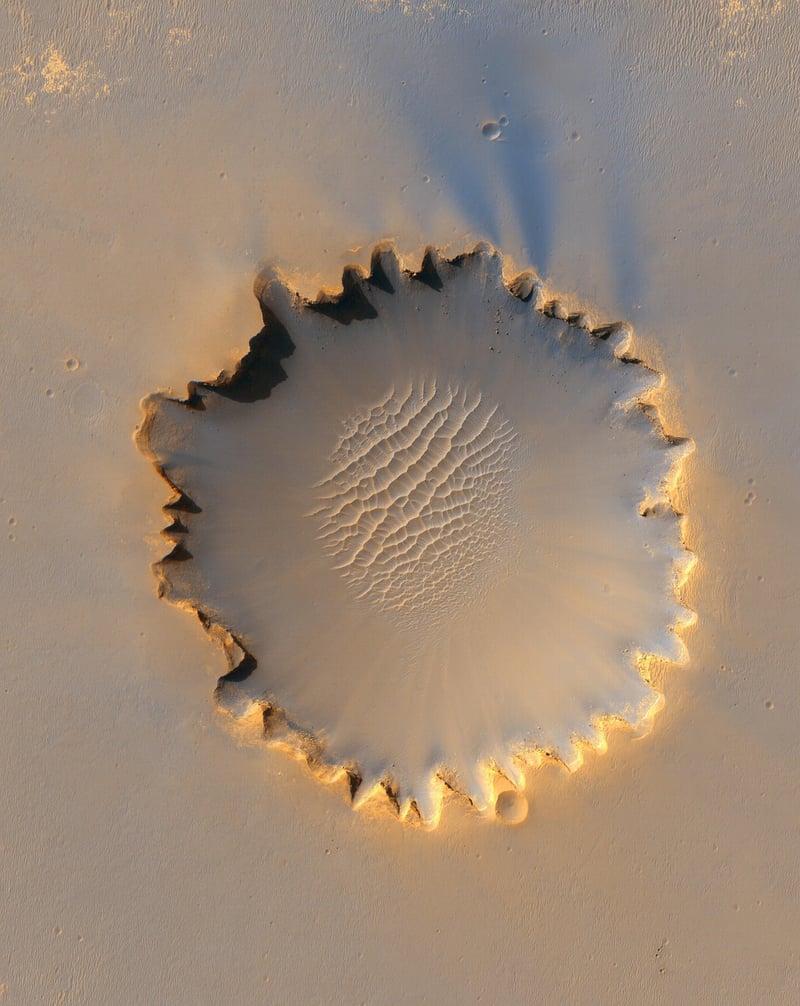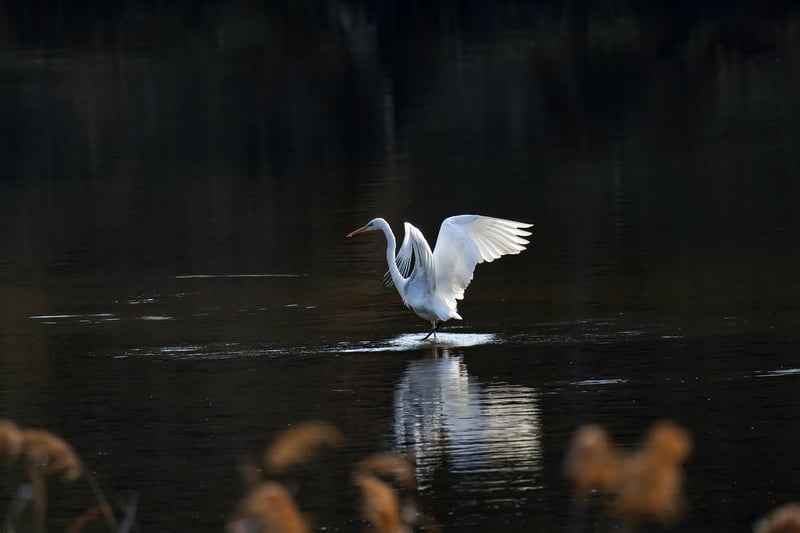Alien Biosignatures Hunt
The Search for Extraterrestrial Life: Alien Biosignatures Hunt
Are we alone in the universe? This age-old question has captivated scientists and enthusiasts alike for centuries. The quest to find extraterrestrial life has led to the exploration of distant planets, moons, and even asteroids in search of clues that could indicate the presence of alien organisms. One of the key approaches in this search is the hunt for alien biosignatures.
What are Alien Biosignatures?
Alien biosignatures are indirect evidence or signals that could suggest the presence of life beyond Earth. These could include specific molecules, patterns, or phenomena that are typically associated with biological activity. Scientists are particularly interested in detecting biosignatures that are not likely to occur through purely geological or chemical processes, increasing the likelihood of an extraterrestrial origin.
Methods of Detecting Alien Biosignatures
There are various methods scientists use to detect alien biosignatures in their search for extraterrestrial life:
- Spectral Analysis: By analyzing the light spectrum emitted or absorbed by a planet or moon, scientists can identify specific molecules that could be indicative of life.
- Atmospheric Composition: Studying the composition of an exoplanet's atmosphere can reveal gases like oxygen or methane, which are often associated with biological processes.
- Surface Features: Certain surface features, such as liquid water or seasonal changes, could point towards the presence of life forms on a celestial body.
Challenges in the Search for Alien Biosignatures
Despite advances in technology and our understanding of astrobiology, the search for alien biosignatures remains a challenging endeavor. Some of the key challenges include:
- Distance: Many of the potentially habitable exoplanets are located light-years away, making direct observation and analysis difficult.
- Complexity of Life: Life forms different from those on Earth may have biochemistries that are unfamiliar to us, making it challenging to identify their biosignatures.
- False Positives: Geological or chemical processes can sometimes mimic biological activity, leading to false detections of alien biosignatures.
The Future of the Search
Advancements in telescopes, spectroscopy, and space exploration technologies offer promising opportunities for the detection of alien biosignatures in the coming years. Missions like the James Webb Space Telescope and upcoming Mars rover missions aim to further our understanding of the potential for life beyond Earth.
While the discovery of alien biosignatures would be a monumental scientific breakthrough, it is essential to approach the search with caution and skepticism to ensure that any findings are rigorously verified before making definitive claims about the existence of extraterrestrial life.

Join us in the fascinating journey of hunting for alien biosignatures as we explore the vast mysteries of the cosmos in search of life beyond our home planet.
